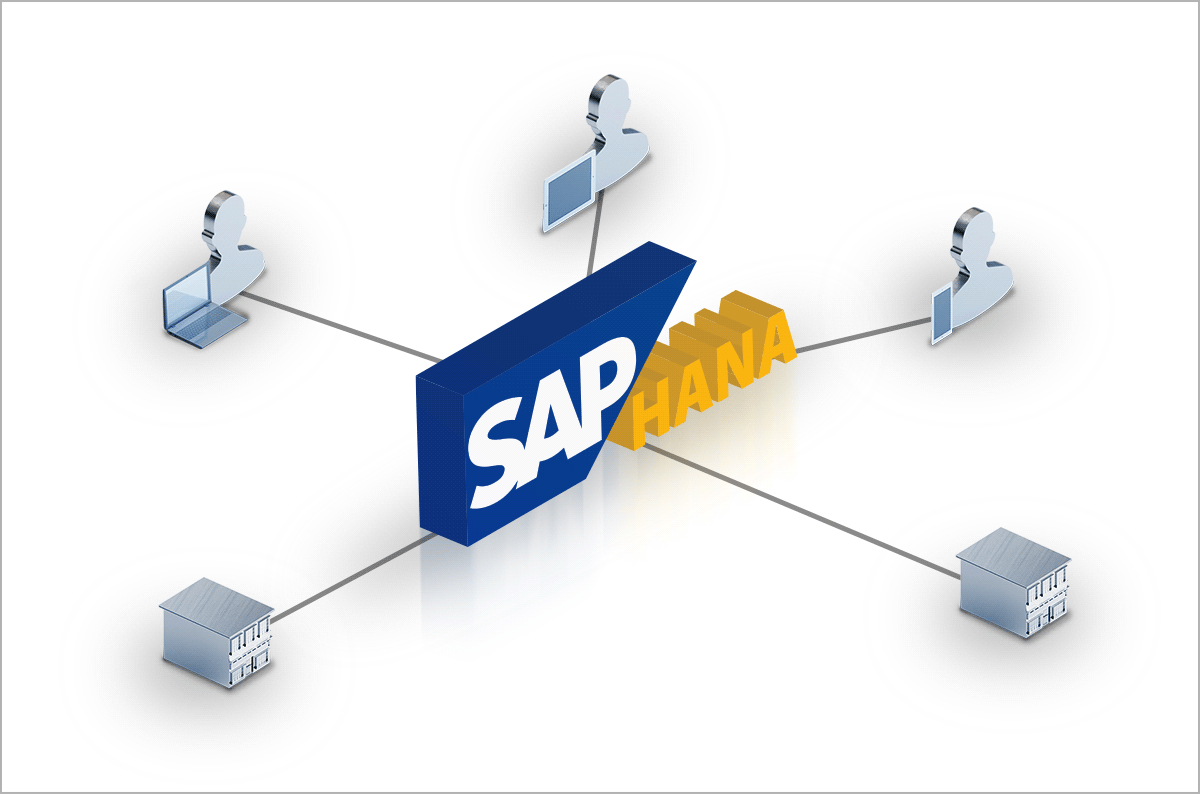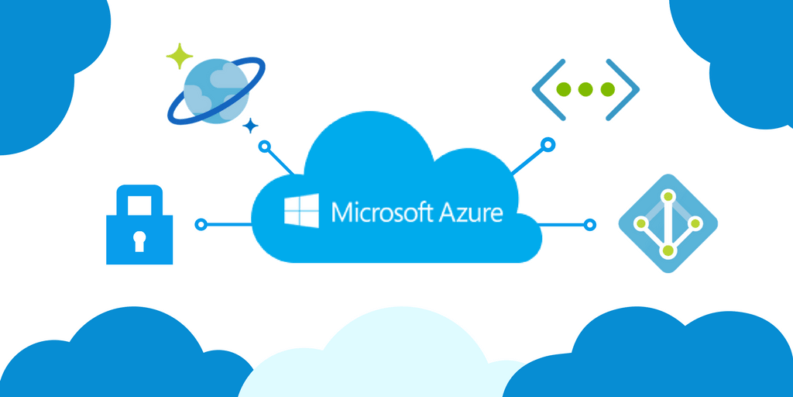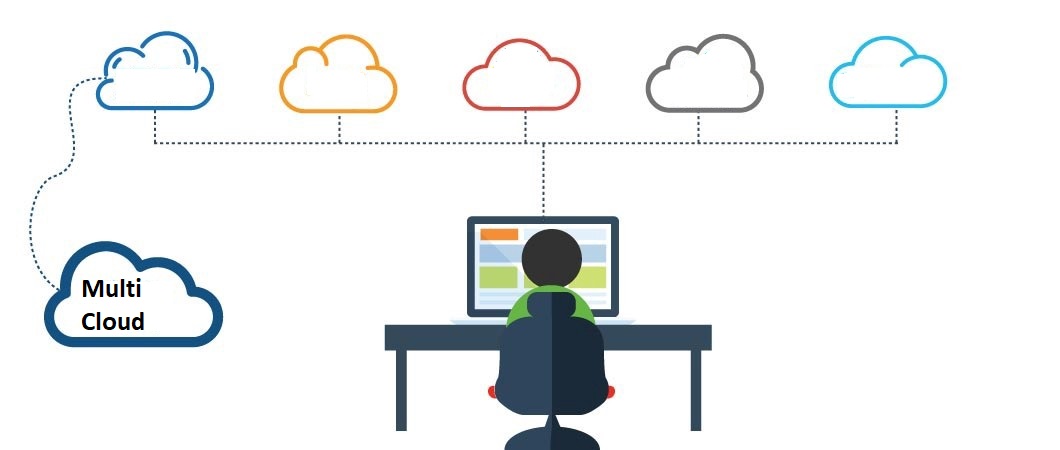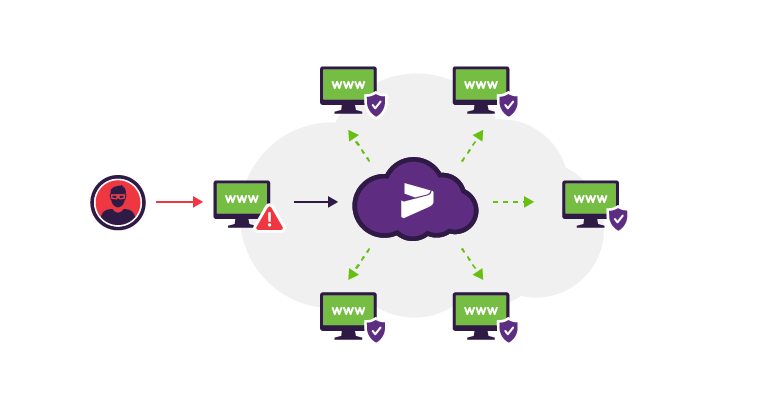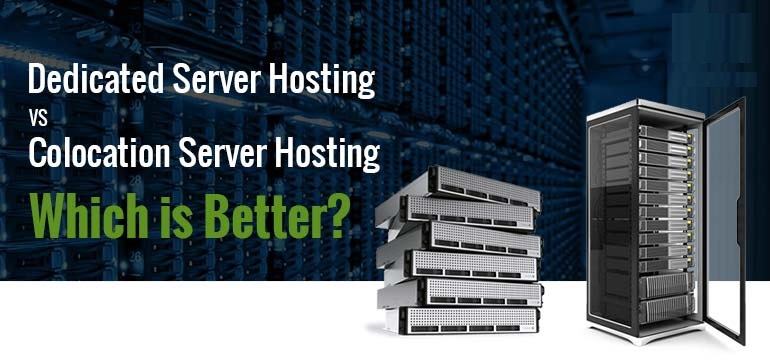There are numerous ERP systems that are available to the businesses that want to go onboard on the digital transformation. Although, there are major four big Tier-1 ERP vendors, namely SAP HANA, Infor CloudSuite, Microsoft Dynamics ERP and Oracle Cloud that are leveraged than others. In the market, there are “n” number of vendors in Read more>>
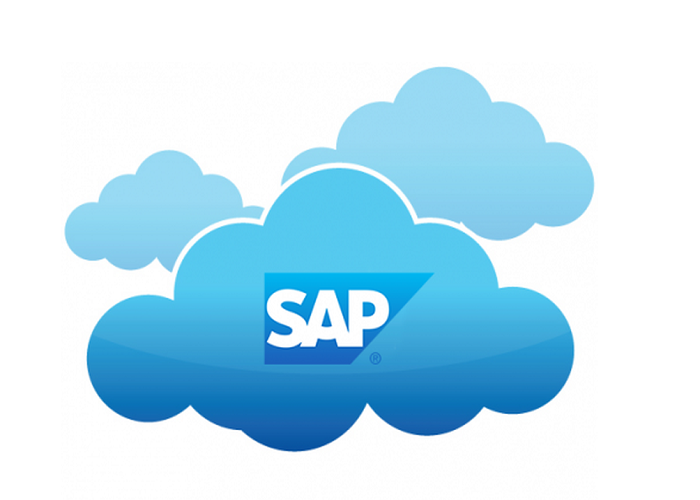






 Live Chat
Live Chat
